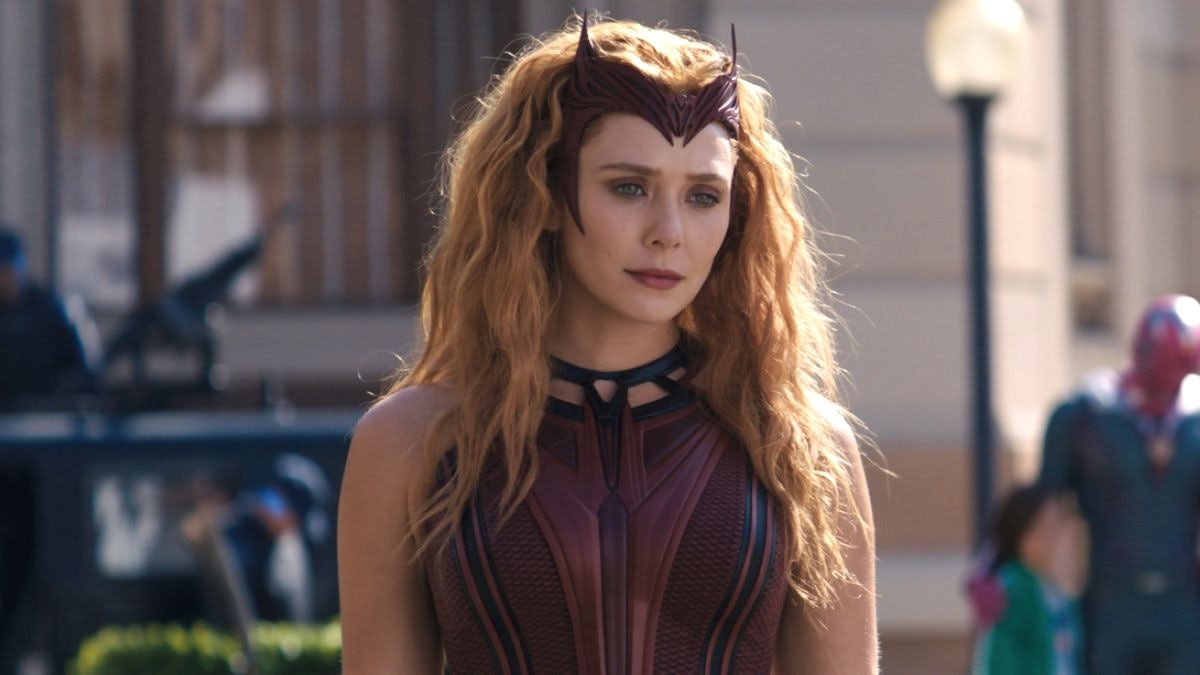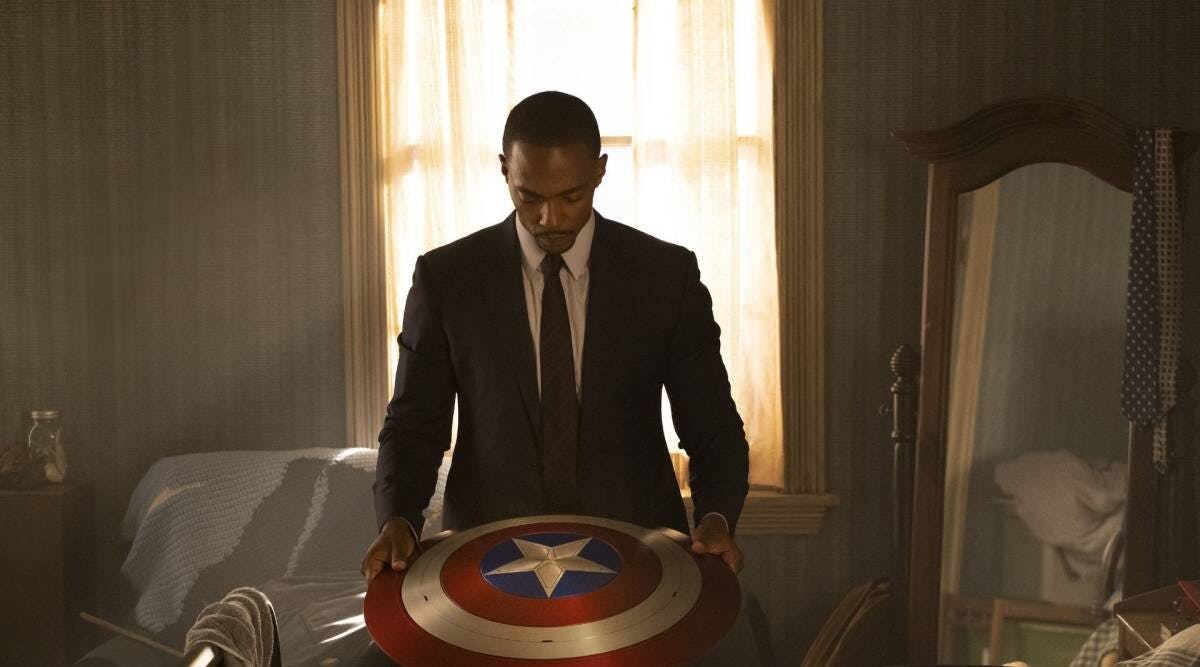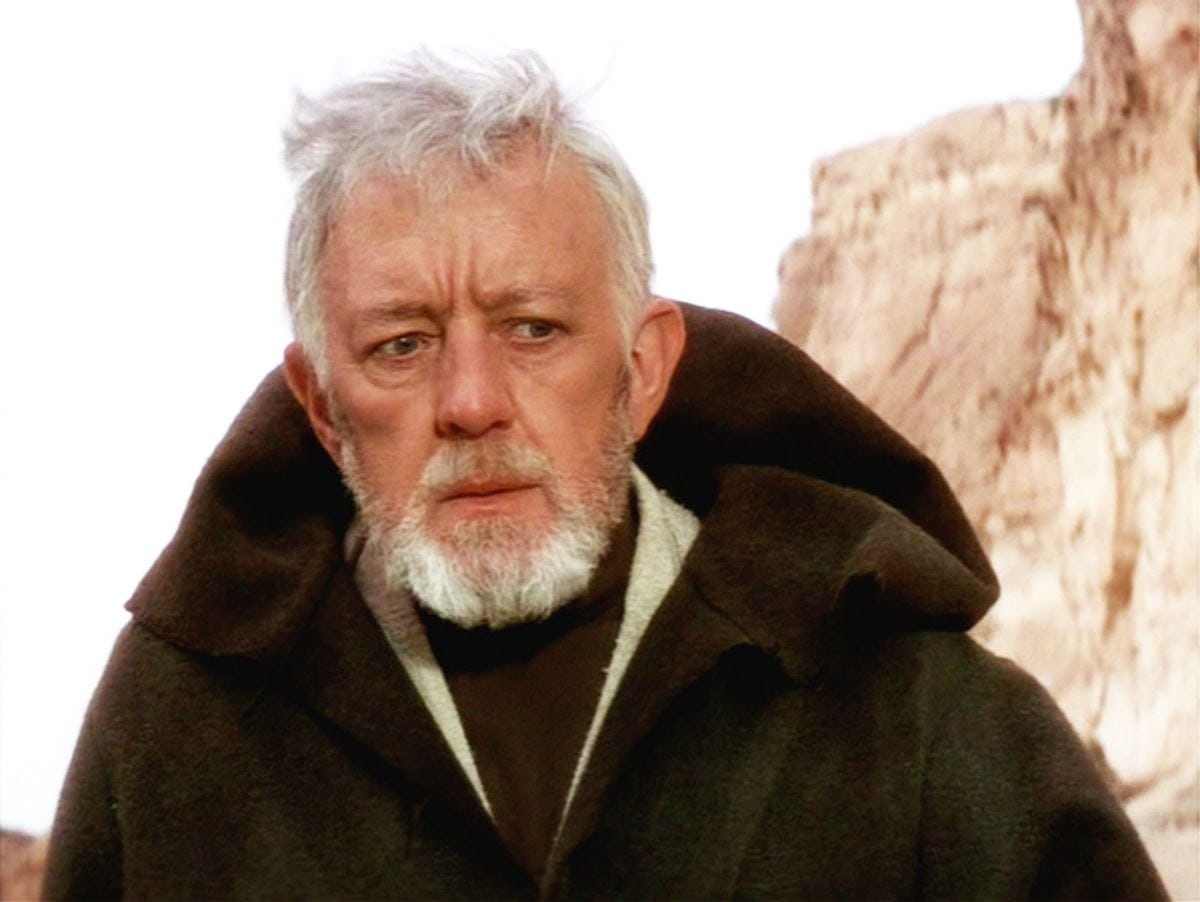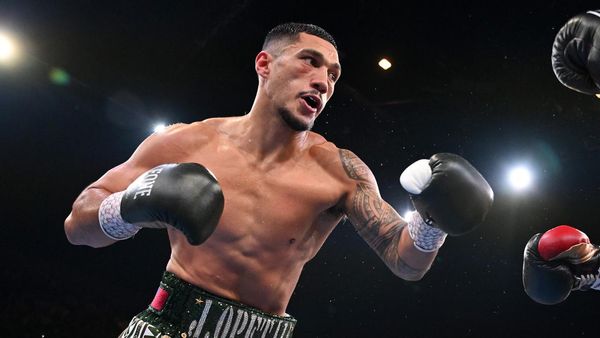
If you’ve been keeping up with the Marvel Cinematic Universe over the past few years, you probably noticed a theme: trauma. Everyone in the MCU seems to be dealing with their own grief following the events of Avengers: Endgame, from Wanda mourning the loss of her robot-lover Vision (and then the loss of her made-up children) to Sam Wilson struggling to take up the mantle of Captain America after Steve Rogers’ disappears into the past.
By comparison, Star Wars seems relatively chipper, but with Obi-Wan Kenobi, the galaxy far away is finally confronting its grief in a bold new way. (Light spoilers for the series premiere of Obi-Wan Kenobi ahead.)
Star Wars, Marvel, and dealing with grief

Star Wars is a pretty dark place, even if the saga’s prevailing theme is hope. In all three trilogies, the forces of evil essentially manage to conquer the entire galaxy in one way or another. But the franchise rarely gives its characters time to process the loss of their loved ones — not to mention entire planets.
In A New Hope, we never see Princess Leia truly reckon with the destruction of her home planet, Alderaan. In the prequels, Anakin Skywalker shifts from losing the love of his life to embracing the Dark side in mere seconds without taking the proper time to mourn before he’s off to murder some younglings. The more recent sequel movies do slightly better in this respect — especially in the depiction of Luke Skywalker as a broken, bitter man — but that’s undercut by porgs, green milk, and lots of quips.
The Star Wars shows on Disney+ are no different. The Mandalorian occasionally mines Din Djarin’s childhood trauma for plot, but it’s still largely the story of an adorable baby-sized Yoda. (Grogu has his own trauma too, but that’s rarely addressed.) And while The Book of Boba Fett explored a dark side of its main character’s past, the tone of the Robert Rodriguez series often felt more like Spy Kids than Sin City. (Both shows also take place post-Return of the Jedi in a galaxy that’s still celebrating the fall of the Empire, even if plenty of the same societal issues persist.)
Enter: Ben Kenobi.
Obi-Wan Kenobi and the power of grief

When we meet the main character of the latest Star Wars show, he’s a shell of his former self. Obi-Wan has given up completely on the Jedi way of life. 10 years after Revenge of the Sith, he’s still struggling to make contact with the Force ghost of Qui-Gon Jinn and can barely use the Force at all.
This is a version of the character we’ve never seen before. In the prequels, Obi-Wan remains pretty upbeat even as the Republic crumbles around him, and by the time we meet him in A New Hope he’s a wizened old mentor. By placing Obi-Wan Kenobi at the midpoint between those two stories and revealing that Obi-Wan is deeply depressed, it changes the way we think about his character (and the entire franchise).

This Obi-Wan Kenobi is a deeply broken man living in a deeply broken galaxy. Star Wars has never fully explored the depths of despair that color this part of its timeline, but with this new series (and a few tricks pulled from Marvel’s Phase 4), Obi-Wan Kenobi is offering a closer — if painful — look at one of the darkest chapters in franchise history. It’s about time.
Obi-Wan Kenobi is streaming now on Disney+.







